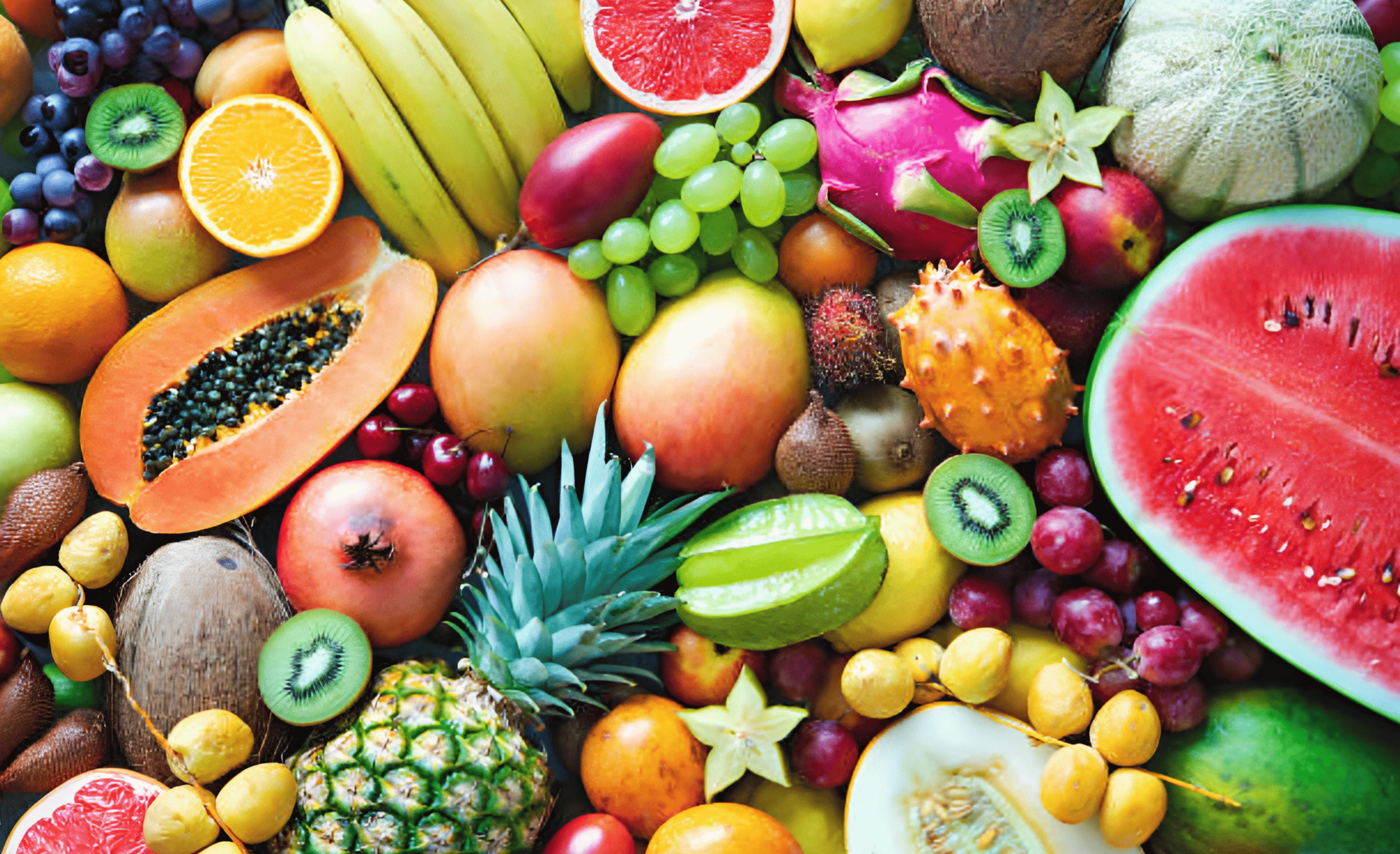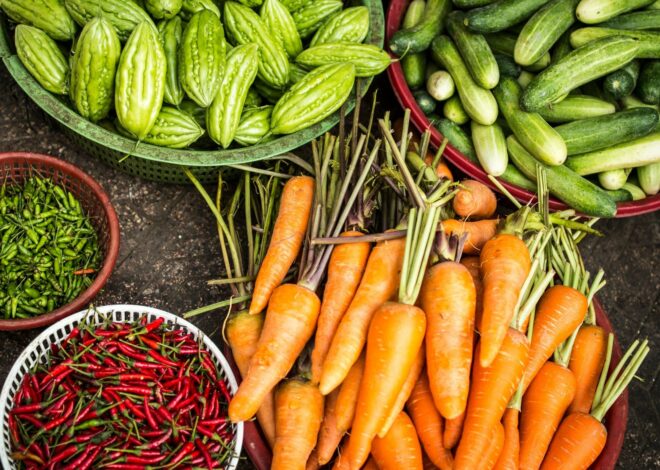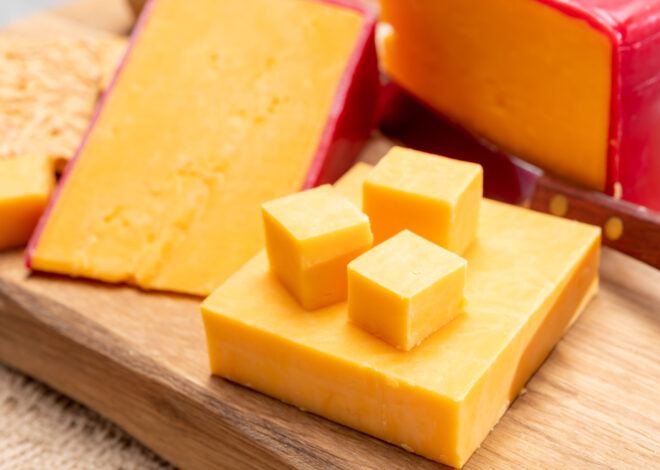
How To Preserve Fruit
Welcome to our guide on how to preserve fruit. Preserving fruit is an art that combines the joy of savoring seasonal flavors with the practicality of extending their shelf life. Whether you’re a home cook looking to make your harvest last or someone who simply loves indulging in sweet, tangy goodness year-round, knowing how to preserve fruit can be a game changer.
From jams and jellies bursting with flavor to frozen delights ready for smoothies, there’s so much you can do with fresh produce when you understand the methods of preservation. Dive into this guide and discover how simple it is to keep those delicious fruits at your fingertips all year long!
Benefits of Preserving Fruits
Preserving fruits offers a delightful way to enjoy seasonal flavors year-round. When you preserve fruit, you’re capturing its essence at peak ripeness. This process locks in essential vitamins and nutrients, ensuring you have healthy snacks readily available.
It’s a fantastic option for maintaining dietary variety during colder months when fresh produce is limited. Moreover, preserving fruits can help reduce waste. Instead of letting excess fruit spoil, you transform it into delicious jams or dried treats that last longer.
Financially, it’s a smart choice too. Purchasing fruits in bulk during harvest season is often cheaper. You save money while enjoying premium quality throughout the year. There’s an element of creativity involved. Experimenting with different preservation methods allows for endless culinary exploration and personalized flavor combinations that can elevate your dishes and desserts.
Different Methods of Fruit Preservation
When it comes to preserving fruit, there are several methods to choose from. Each technique has its unique benefits and applications. Canning is a popular choice for long-term storage. It involves sealing fruits in jars and heating them to kill bacteria, ensuring they last for months or even years.
Freezing is another effective method. This retains the flavor and nutrients of the fruit while providing convenience for later use. Simply wash, chop, and freeze your favorite fruits on a baking sheet before transferring them to containers. Dehydrating removes moisture from fruit, which helps prevent spoilage.
This process creates chewy snacks that can be enjoyed anywhere. Fermenting offers a tangy twist by encouraging beneficial bacteria growth in fruits like apples or berries. These diverse techniques allow you to enjoy seasonal flavors all year round while minimizing waste.
Canning: Step-by-Step Guide
Canning is a fantastic way to preserve fruit and enjoy its flavor year-round. Start by gathering your supplies: jars, lids, a canner, and of course, fresh fruit. First, wash the fruit thoroughly. Remove any pits or stems as needed. Cut the fruit into manageable pieces for packing.
Next, prepare your syrup or juice for canning. You can choose from light to heavy syrups based on taste preferences. Heat it gently until it’s warm but not boiling. Fill each jar with the prepared fruit and pour in the hot syrup, leaving some headspace at the top.
Wipe the rims clean before placing sterilized lids on each jar securely. Process your jars in a water bath canner according to recommended times for different fruits. Once done, let them cool completely before checking seals; you should hear that satisfying pop!
Freezing: Tips and Tricks
Freezing fruits is one of the simplest ways to preserve their freshness. To start, wash and dry your fruits thoroughly before freezing. This helps remove any dirt or pesticide residue. Next, consider slicing larger fruits like peaches or apricots into smaller pieces.
This not only speeds up the freezing process but also makes them easier to use later on. Use airtight freezer bags or containers to prevent freezer burn. Label each bag with the date and type of fruit for easy identification down the line.
For berries, flash freeze them first—spread them out on a baking sheet and freeze until solid before transferring them to bags. This keeps them from clumping together. Avoid overfilling your freezer; good air circulation is key for maintaining optimal temperature and preserving quality longer.
Dehydrating: Pros and Cons
Dehydrating fruit is a popular preservation method, especially for those who love snacking on healthy treats. One of its main advantages is the long shelf life it offers. Dried fruits can last for months or even years when stored properly.
This method also concentrates flavors, resulting in intensely sweet bites that are perfect for trail mixes or baking. Plus, dehydration retains most of the nutrients found in fresh fruit. However, there are some downsides to consider. The process can be time-consuming and requires specialized equipment like dehydrators or an oven set at low temperatures.
Additionally, not all fruits dehydrate well; some may become too tough or chewy if not done right. Keeping an eye on moisture levels during storage is essential to prevent spoilage from humidity exposure. Understanding both sides helps you decide if dehydrating aligns with your fruit preservation goals.
Other Preservation Techniques
Beyond canning, freezing, and dehydrating, several other techniques can help you preserve fruit for longer enjoyment. Fermentation is one such method, where sugars in the fruit convert into acids or alcohol. This not only extends shelf life but also adds a unique tangy flavor.
Pickling is another option. By immersing fruits in vinegar brine, you create a zesty snack or condiment that pairs well with many dishes. Think pickled peaches or cherries for an exciting twist. You might also consider making jams and jellies. These sweet spreads capture the essence of fresh fruit while enhancing flavor through cooking with sugar and pectin.
Storing fruits in oil or honey offers a rich preservation technique that infuses additional flavors into your favorite fruits like figs or citrus peels. Each method brings something special to your kitchen creations!
How to Choose the Right Fruit for Preservation
Choosing the right fruit for preservation can make all the difference in flavor and texture. Start by selecting fresh, ripe fruits that are at their peak. Look for vibrant colors and firm textures. Avoid any fruit with blemishes or soft spots.
Seasonality plays a key role too. Fruits harvested during their prime season will have superior taste and nutritional value. Check local farmers’ markets to find what’s currently available. Consider acidity levels as well. High-acid fruits like berries, citrus, and tomatoes preserve better than low-acid varieties such as bananas or melons.
Think about your intended use after preservation. If you plan on baking or cooking with them later, choose fruits that hold up well under heat—like apples or peaches—that maintain structure while adding depth to your dishes.
Best Fruits for Each Method
When it comes to canning, opt for high-acid fruits like peaches, cherries, and strawberries. Their natural acidity helps preserve flavor and color while preventing spoilage. For freezing, choose fruits with a firm texture. Berries, apples, and bananas freeze beautifully.
Just slice them up or leave them whole before placing in airtight containers. Dehydrating works wonders with fruits that have lower moisture content. Apples and pears are excellent choices due to their density. You can also try mangoes for a tropical twist.
If you’re experimenting with other methods like fermenting or making jams, think about using citrus fruits such as lemons or limes for an added zing. They enhance flavors remarkably well! Each fruit has its unique characteristics that make it suitable for specific preservation techniques—understanding these will lead to delicious results every time!
Storage and Shelf Life of Preserved Fruits
Proper storage is crucial for maintaining the quality of preserved fruits. Airtight containers are your best friend here. They keep moisture out and prevent spoilage. For canned fruits, store them in a cool, dark place. A pantry or cupboard works well. Make sure to check for signs of damage on the can before use.
When it comes to frozen fruit, using freezer bags with as much air removed as possible will extend shelf life significantly. Label each bag with dates so you know what’s fresh. Dehydrated fruits should be kept in glass jars or vacuum-sealed bags away from light and humidity.
This helps retain their color and flavor longer. Shelf life varies depending on the preservation method used, but most canned fruits stay good for up to a year when stored properly. Frozen options can last even longer—up to two years!
Creative Ways to Use Preserved Fruits
Preserved fruits are versatile ingredients that can elevate many dishes. Consider adding them to your morning oatmeal or yogurt for a burst of flavor and natural sweetness. Baking enthusiasts can incorporate preserved fruits into muffins, cakes, and bread. They provide moisture and enhance the overall taste profile of baked goods.
For savory dishes, try using fruit preserves as glazes for meats like chicken or pork. The sweet-tart notes complement rich flavors beautifully. Smoothies benefit from the addition of preserved fruits too. Blend them in for an instant fruity kick without worrying about spoilage.
Don’t overlook their potential in salads! Tossing some preserved fruits with greens adds texture and an unexpected twist to your favorite recipes. They make fantastic toppings for pancakes or waffles. Drizzle on warm syrup made with your preserved goodies for brunch that feels special any day of the week.
Conclusion: Preserving Your Fruit
Preserving your fruit opens up a world of possibilities. It allows you to enjoy the vibrant flavors and nutrients long after the harvest season ends. Whether you choose canning, freezing, dehydrating, or other methods, each technique has its unique benefits.
By understanding how to preserve fruit effectively, you’re not just extending shelf life; you’re also embracing sustainability and reducing waste. With fresh fruits often going bad quickly, having preserved options on hand means less spoilage and more culinary creativity.
As you explore different preservation techniques, remember that choosing the right method depends on your needs and preferences. Experiment with various fruits like strawberries for jams or peaches for freezing—there’s no wrong way to go about it!
So dive into preserving your favorite fruits today! Enjoying them throughout the year is an enriching experience that enhances meals and snacks alike. Embrace this skill as part of your kitchen repertoire—you might just uncover a new passion along the way.



